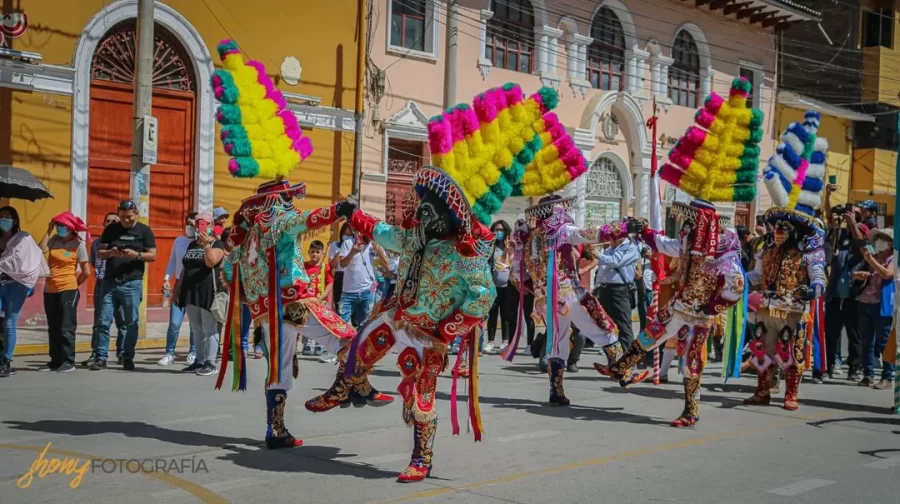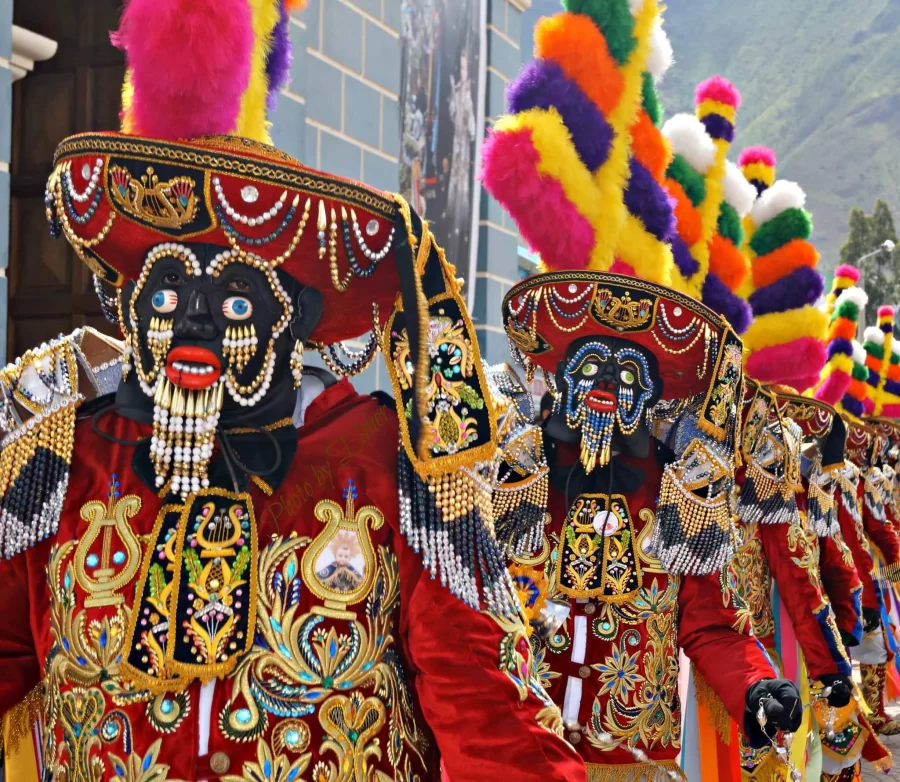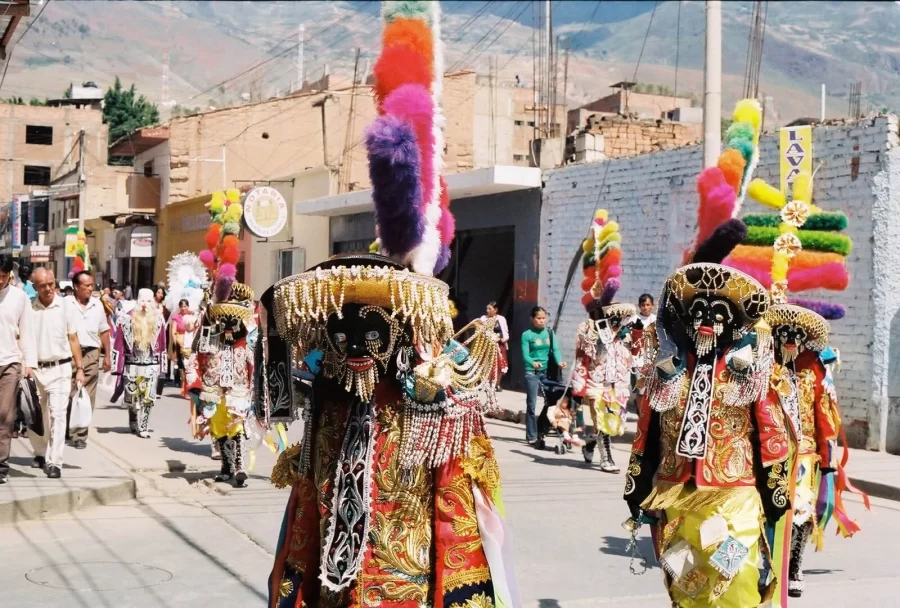Huanuco celebrates one of the biggest festivals in which they open with a presentation of brotherhoods of the negritos in Huanuco, a celebration that takes place during the first and twentieth of the month of January.
This celebration is held in honor of the Child Jesus, in which they present a diversity of dances with artistic expression that dates back to colonial times when the black slaves had only this date to express themselves.
Formerly, it was danced at Christmas time, date of the year where the black slaves could celebrate and dance, these ancient celebrations were mixed with dances and pirouettes, there you could see the slaves chained and dressed in feathers, that's how the holidays were celebrated.

Table of Contents
Nowadays the presentation of the brotherhoods of the Negritos is celebrated on the first and twentieth of January.
Los Negritos is a traditional religious dance, it specifically represents the sufferings and hardships of the slaves who lived in the haciendas, where their masters disposed of their lives and destiny of each one of them.
For this dance Los Negritos, the mask represents slavery.
The "Cuadrilla de los Negritos" is celebrated in Huanuco on December 24th and on January 19th it is danced by more than 150 brotherhoods that go through all the streets of the province.
The dance of the Negritos is manifested with joy and dances of the cuadrilla, in manifestation (adoration) of the child Jesus. It is made up of two layers:
First stratum: There are the negritos dancers that integrate the black caporales, generally these are the leaders of the group and guides, black pampas, workers as laborers, black peasants or artisans.
Second stratum: Here it is made up of more characters of the social and political elite, who are:
The Corochans, despots, authoritarians, exploiters.
The Turk, the Spanish encomendero, black trader.
The lady, of the elite, aristocratic class.
The flag bearers, they carry a Peruvian flag as well as an Argentinean flag justly for the independence and in gratitude to the liberator San Martin.



